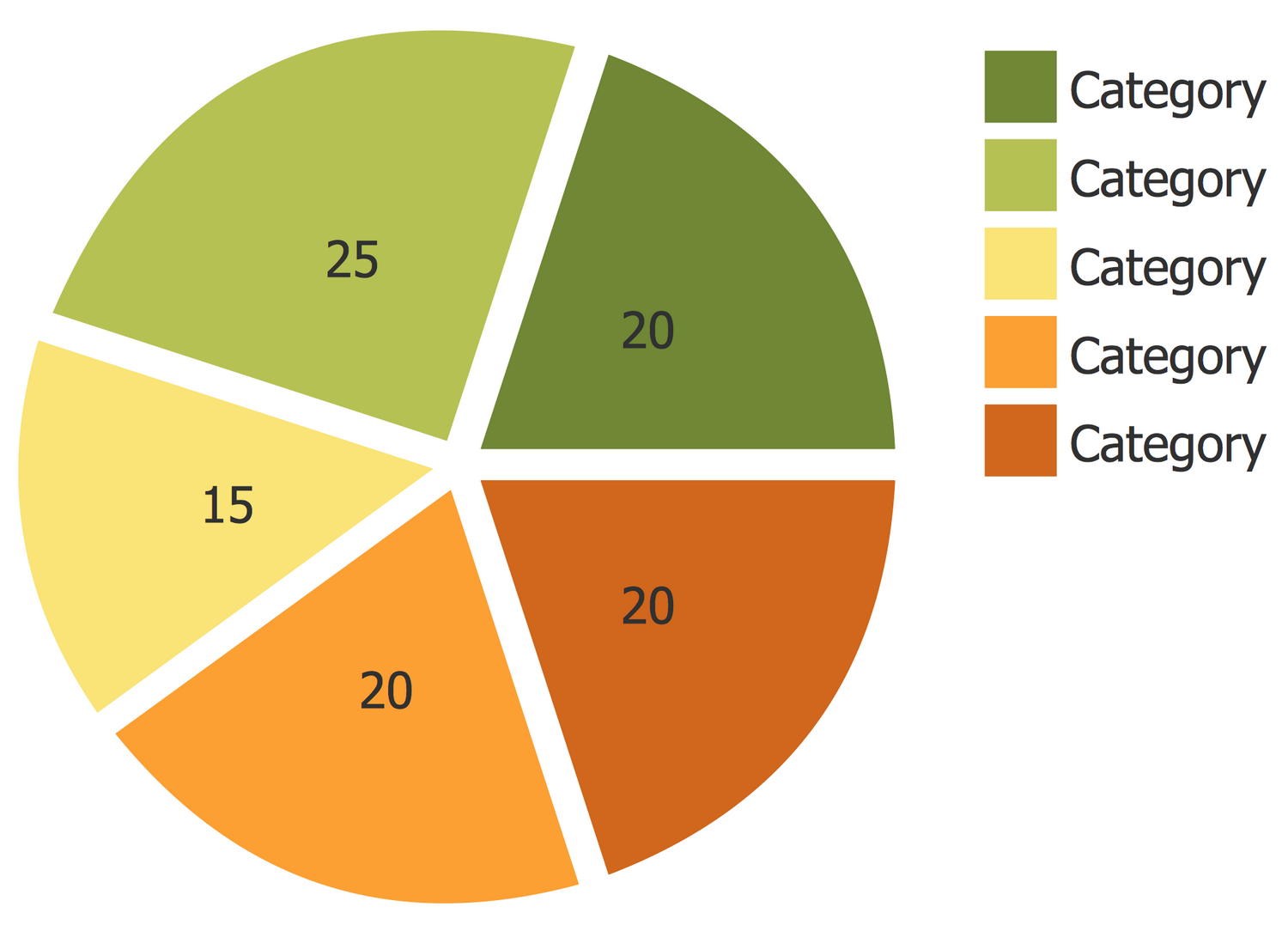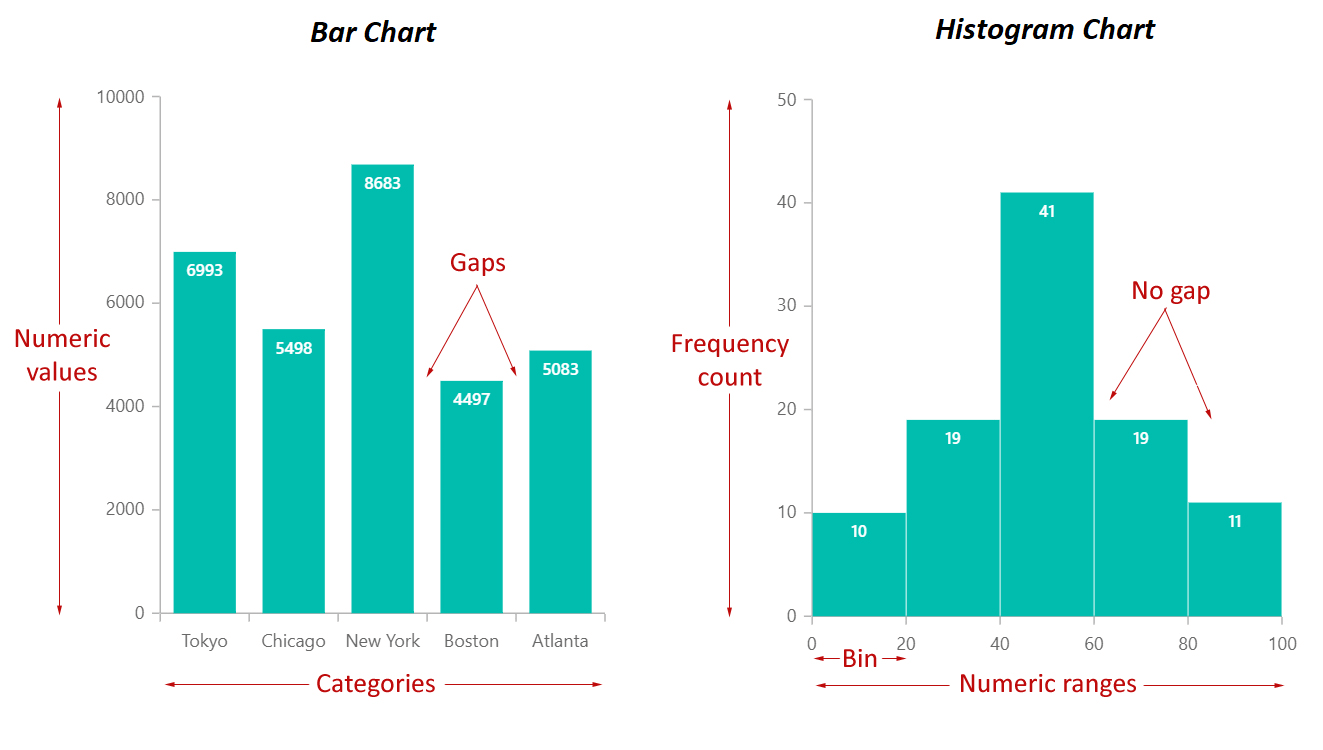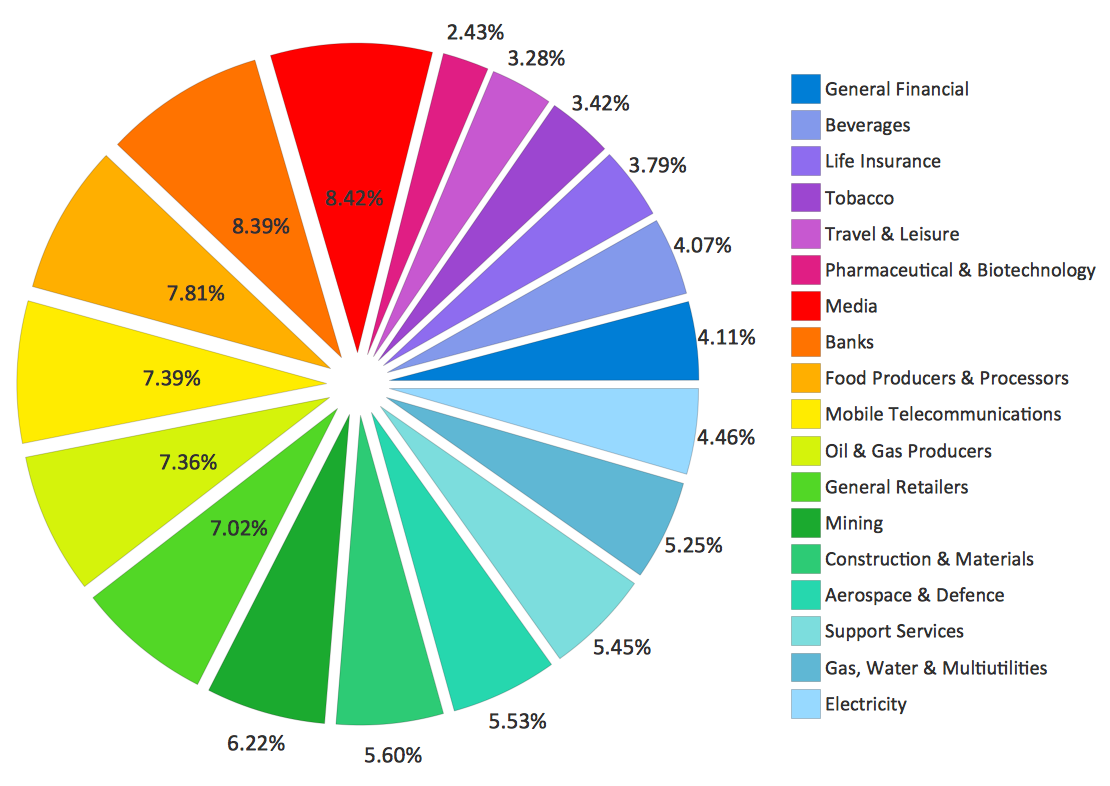Obesity epidemic continues to rise infographic
Table of Contents
Table of Contents
Childhood obesity is a major health concern that has been increasing in prevalence over the years, affecting not only children but also adults. It’s a topic that requires attention and action, with a variety of charts and graphs available to help us understand the scope of the problem.
Pain Points
The issue of childhood obesity is often oversimplified, with a focus on weight and appearance rather than the health risks that come with it. Understanding the severity of the problem requires looking at data and statistics, which can be overwhelming for some people. Additionally, the causes and solutions to childhood obesity are complex and multifaceted, making it difficult to address through a one-size-fits-all approach.
Target of Childhood Obesity Charts And Graphs
Childhood obesity charts and graphs aim to visually represent the prevalence and impact of obesity among children, teenagers, and adults. They help to highlight trends over time, compare different populations, and demonstrate the link between obesity and health outcomes. These charts and graphs can be useful tools for policymakers, healthcare providers, and the general public in addressing the issue of childhood obesity.
Main Points Summarized
Childhood obesity is a serious health problem that requires attention and action. Charts and graphs can be useful tools in understanding the prevalence and impact of obesity among children and adults. However, addressing childhood obesity requires a multifaceted approach that takes into account the complex causes and solutions.
Understanding Childhood Obesity Trends
One of the most striking trends in childhood obesity is the significant increase in prevalence over the past few decades. The Centers for Disease Control and Prevention (CDC) reports that the prevalence of obesity among children and teenagers in the United States has more than tripled since the 1970s. This increase has been observed across all age groups, races, and ethnicities.
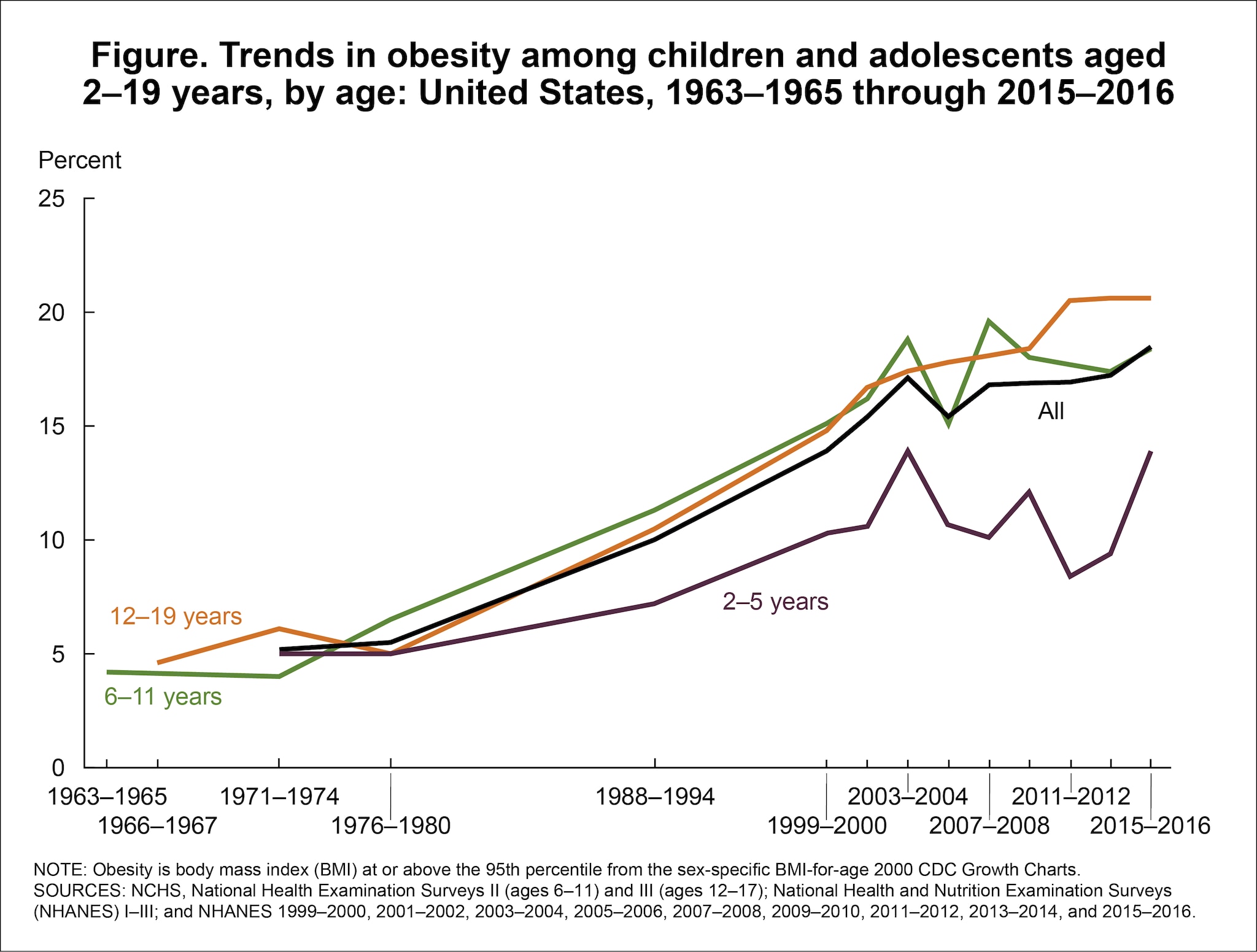 There are several factors that have contributed to this rise in childhood obesity, including a lack of physical activity, easy access to high-calorie foods, and changes in family and community environments that promote unhealthy behaviors. Addressing these factors through policy changes, community programs, and individual action is essential in addressing childhood obesity.
There are several factors that have contributed to this rise in childhood obesity, including a lack of physical activity, easy access to high-calorie foods, and changes in family and community environments that promote unhealthy behaviors. Addressing these factors through policy changes, community programs, and individual action is essential in addressing childhood obesity.
Impact of Childhood Obesity
Childhood obesity has numerous negative health consequences, including an increased risk of type 2 diabetes, heart disease, and certain cancers. Obese children are also more likely to experience social and emotional problems, such as low self-esteem and depression.
 Furthermore, the effects of childhood obesity are not limited to childhood. Obese children are more likely to become obese adults, which increases their risk of health problems later in life. Addressing childhood obesity can have long-term benefits for individuals and society as a whole.
Furthermore, the effects of childhood obesity are not limited to childhood. Obese children are more likely to become obese adults, which increases their risk of health problems later in life. Addressing childhood obesity can have long-term benefits for individuals and society as a whole.
Addressing Childhood Obesity
Preventing and treating childhood obesity requires a multifaceted approach that takes into account the complex causes of the problem. This approach may include policy changes to promote healthy environments, community programs that encourage physical activity and healthy eating, and individual action to adopt healthy behaviors.
 #### Healthy Behaviors
#### Healthy Behaviors
Individuals can take several steps to promote healthy behaviors and prevent childhood obesity, including:
- Eating a healthy, balanced diet with plenty of fruits and vegetables
- Engaging in regular physical activity, such as walking or biking to school
- Limiting screen time and sedentary activities
- Getting enough sleep
- Encouraging healthy behaviors in family and friends
Question and Answer
Q: Are there any medical treatments for childhood obesity?
A: In some cases, medical treatments may be necessary to address childhood obesity. These may include medication, bariatric surgery, or other interventions. However, these treatments are typically reserved for children with severe obesity and should be used in conjunction with lifestyle changes.
Q: Can childhood obesity be prevented?
A: Yes, childhood obesity can be prevented through a combination of healthy behaviors, policy changes, and community programs. Prevention efforts should focus on promoting healthy environments, encouraging physical activity and healthy eating, and supporting families in adopting healthy behaviors.
Q: What are the long-term effects of childhood obesity?
A: Children who are obese are more likely to become obese adults, which can increase their risk of health problems such as heart disease, stroke, and certain cancers. Additionally, obese children may experience social and emotional problems that can persist into adulthood.
Q: How can policymakers address childhood obesity?
A: Policymakers can address childhood obesity through a variety of approaches, such as promoting healthy school environments, implementing regulations on food marketing to children, and increasing access to affordable healthy foods. These efforts can help to create a culture of health that supports healthy behaviors.
Conclusion of Childhood Obesity Charts And Graphs
Childhood obesity is a serious health problem that requires attention and action. Charts and graphs can be useful tools in understanding the prevalence and impact of obesity among children and adults, highlighting the need for a multifaceted approach that takes into account the complex causes and solutions. By promoting healthy behaviors, supporting policy changes, and engaging in community programs, we can work together to prevent and treat childhood obesity and promote a culture of health for all.
Gallery
Obesity Epidemic Continues To Rise #Infographic - Visualistan

Photo Credit by: bing.com / obesity infographic epidemic rise fast food chart statista year continues visualistan kids america rate rates usa rv obese lifestyle years
Child Obesity Bar Graph | | Host.madison.com
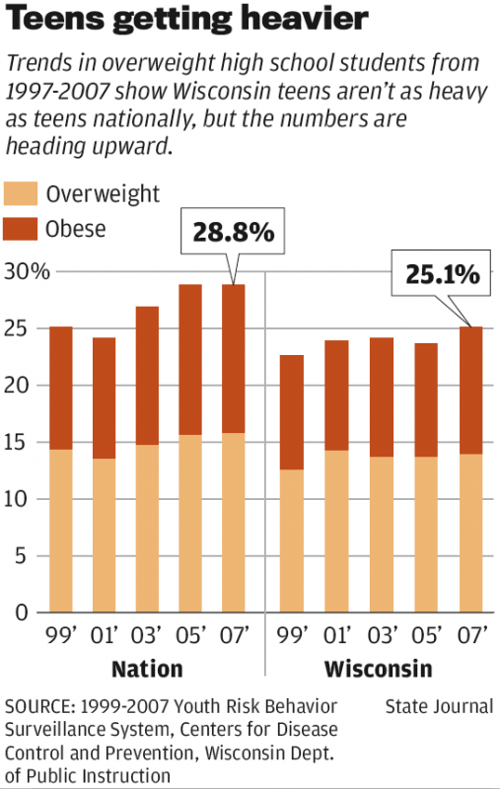
Photo Credit by: bing.com / obesity graph child bar madison host featured children
Overview Of Childhood Obesity | Childhood Obesity

Photo Credit by: bing.com / obesity childhood food graph parents fast eating habits blame america rising rise prevalence poor overview reveals study demonstrates below based
Products - Health E Stats - Overweight Prevalence Among Children And

Photo Credit by: bing.com / obesity prevalence race ethnicity among boys cdc chart 2010 2009 children child overweight data adolescents 1988 health charts bar showing
Products - Health E Stats - Prevalence Of Overweight And Obesity Among

Photo Credit by: bing.com / obesity cdc child childhood chart children trends growth states united data overweight adolescents adolescent stats years bmi figure 1965 charts



